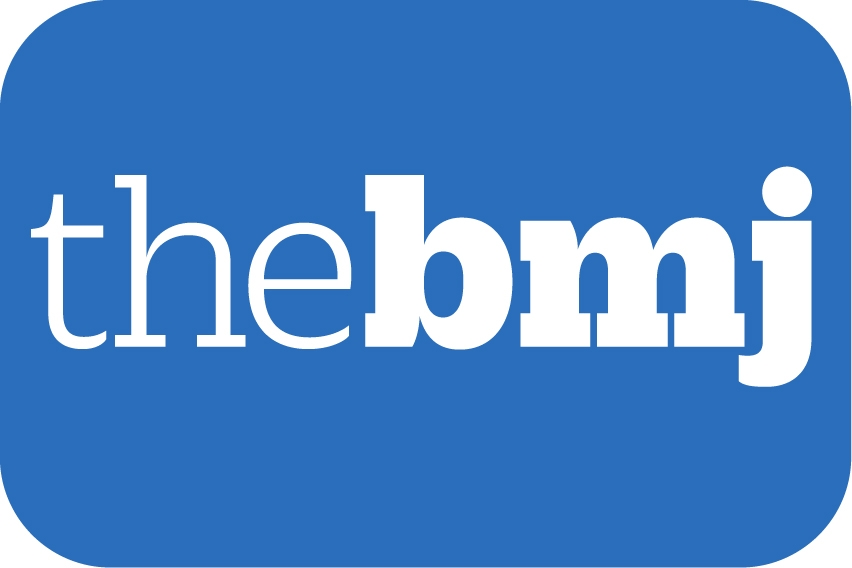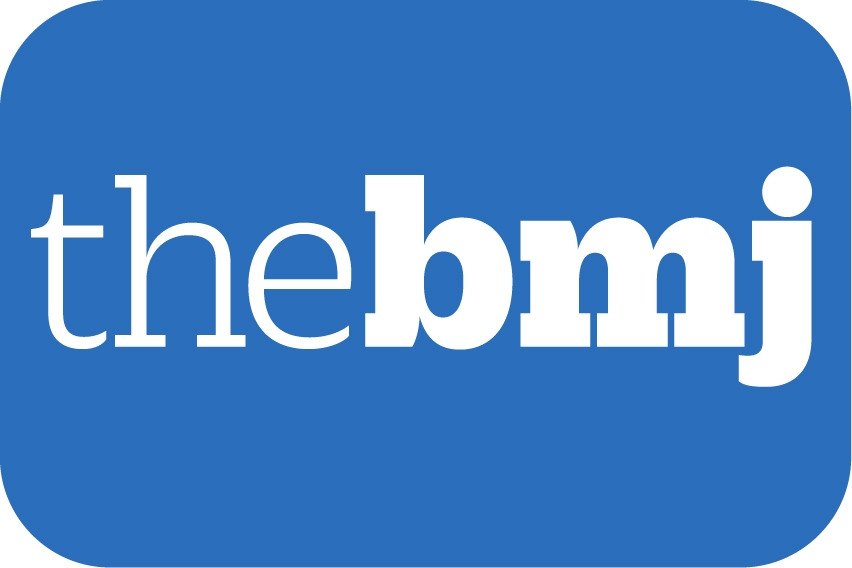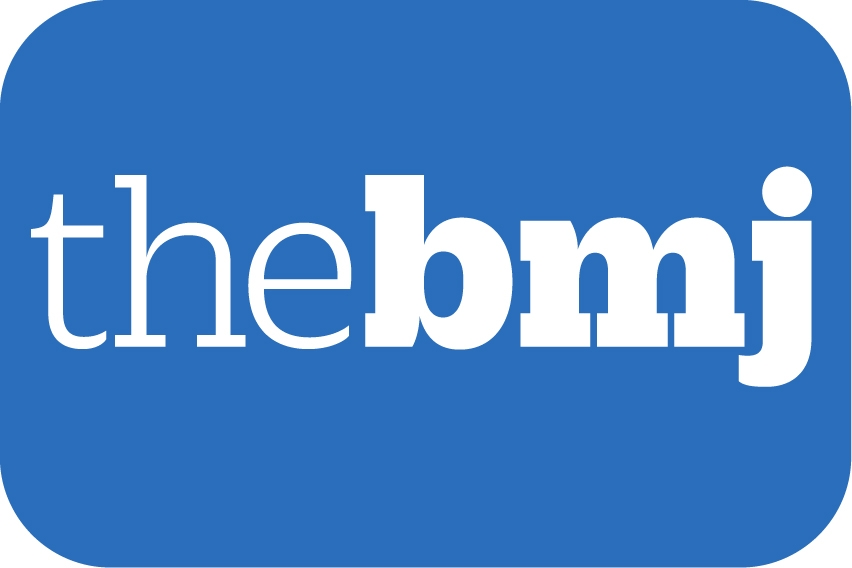内容精选
Content Selection
《英国医学杂志》主编推荐
The BMJ Editor's Choice
-

-
Doctors on demand
时间:2016-03-21
发布:Navjoyt Ladher, Clinical Editor, The BMJ
分享:
Oliver Cromwell reportedly suffered from renal stones, which feature on our cover this week. According to his doctor, as recorded in The Death of Oliver Cromwell, his preferred coping mechanism was “to swill down several sorts of liquor, and then stir his body by some violent motion . . . that by such agitation he might disburden his bladder.” Medical management has come on a lot since then, as Monica Morgan and Margaret Pearle describe in their State of the Art clinical review (doi:10.1136/bmj.i52).
A modern day Cromwell would have a plethora of medical services to turn to. In an editorial this week, Jessica Watson and colleagues describe the growth in private online healthcare companies offering email, telephone, and video consultations (doi:10.1136/bmj.i1076). These companies are able to meet demand for convenient and accessible appointments, but what are some of the trade offs?
One adverse consequence may be overprescribing. While GPs and hospitals in England are being offered incentives to reduce antibiotic prescribing and stem levels of antibiotic resistance (doi:10.1136/bmj.i1499) one private online healthcare company sells travel packs containing antibiotics for self diagnosed infections.
And might clinical staff leave the NHS to work for these private providers, further depleting an already beleaguered workforce? The BMJ hosted a discussion at the Nuffield Trust Health Policy Summit, exploring the current NHS crisis. Participants were asked whether the UK’s medical workforce was fit for purpose and what could be done to improve things. As Gareth Iacobucci reports (doi:10.1136/bmj.i1510), there are already concerns that low morale and the dehumanising of medicine will adversely affect recruitment and retention of doctors and nurses.
So how should NHS general practice respond to the proliferation of private companies? The prime minister has established a challenge fund to stimulate innovative thinking around access to primary care. Watson and colleagues urge caution. New models of healthcare delivery should be “evaluated and evidence based but also timely and relevant to the population,” they say.
Figuring out just what is timely and relevant is no easy feat, but asking the population, or at least a sample of it, seems like a good start. Several years ago, general practices were offered financial incentives to establish patient participation groups in order to get feedback. But, as Stephen Gillam and Jennifer Newbould outline in this week’s Analysis (doi:10.1136/bmj.i673), despite millions of pounds of investment the impact of these groups is unclear. There are several avenues for patient feedback available in primary care but, in a linked commentary (doi:10.1136/bmj.i913), Angela Coulter describes a “mixed bag of poorly evaluated methods” that don’t seem to be serving patients or their primary care teams. It may therefore be a while before we know whether having doctors on demand is a good idea.
BMJ 2016; 352 doi: http://dx.doi.org/10.1136/bmj.i1574 (Published 17 March 2016)
Cite this as: BMJ 2016;352:i1574 -

-
Taking the biscuit
时间:2016-03-17
发布:Tony Delamothe, Deputy Editor, The BMJ
分享:
Connoisseurs of the perverse will need to look elsewhere for their kicks: England’s Cancer Drugs Fund ceases to exist in its current form from next month. The realisation of an election promise made in 2010, the fund has racked up costs of £1.27bn (€1.64bn; $1.8bn) in its possibly useless life. No data exist to show whether this sum has been spent wisely, both the House of Commons Public Accounts Committee and the National Audit Office concluded.
Nick Timmins identifies the fund as “the biggest single thing that has undermined the role of NICE” in its 17 year history (doi:10.1136/bmj.i1324). Otherwise, he believes that NICE has done a pretty good job of deciding which treatments the NHS should provide. And, as he points out, other countries are very interested in its success.
John Appleby discusses the problem NICE faced from the outset (doi:10.1136/bmj.i1336): “At what point were the benefits generated by an intervention to be deemed worth the cost to obtain them?” Apparently NICE arrived at a threshold range of £20 000-£30 000 by a “somewhat shady” process in its early days. This threshold is much less generous than WHO’s suggested cost effectiveness range and less than half of what it would be now if it had been corrected for inflation and productivity.
NICE hits the headlines when it says no to recommending a drug. Online, however, you can locate just about any prescription drug you want, with its banned, counterfeit, and otherwise dodgy cousins also jostling for attention. Writing about the never ending game of cat and mouse between authorities, buyers, and sellers, Andrew Jack quotes (doi:10.1136/bmj.i1317) the Royal Pharmaceutical Society, which found “everything from crystal meth to brick dust in [online] medicines.” More profitable than narcotics, fake pharmaceutical drugs are often made by the same criminal gangs that sell illegal drugs like heroin.
Is sucrose as addictive as heroin? Is obesity best understood as an illness of addiction? Obese people certainly suffer the moral judgment usually reserved for those who can’t control their appetites. Something must explain the UK’s low uptake of bariatric surgery (doi:10.1136/bmj.i945) despite it being “the most effective treatment for sustained weight loss in people with complex obesity.” The overall mortality of the surgery is 0.07%, and the benefits include two thirds of patients with type 2 diabetes being in remission two years after surgery, the possibility of reducing or stopping antihypertensive drugs, and reductions in cholesterol and triglyceride concentrations.
Patients are usually home after one or two days, so general practitioners need to be alert to complications, say Michael Moore and colleagues (doi:10.1136/bmj.i945). They detail the primary care management of patients after weight loss surgery and include an infographic on assessing and referring complications.
BMJ 2016; 352 doi: http://dx.doi.org/10.1136/bmj.i1427 (Published 10 March 2016)
Cite this as: BMJ 2016;352:i1427 -

-
Data transparency is the only way
时间:2016-03-10
发布:Fiona Godlee, Editor in Chief, The BMJ
分享:
The BMJ has been accused, with some justification, of being against the drug industry. The industry’s record on subverting medical education, practice, and research in its own rather than the public interest has been a key object of study for the past 20 years and more. But once in a while it’s nice to be able to show that we can be equally critical of academia. Our aim in all cases is to support unconflicted and open science.
When it comes to hiding and misreporting clinical trial data, the industry has a long string of inglorious scandals to its name: oseltamivir (Roche), reboxetine (Pfizer), and paroxetine (GlaxoSmithKline), to name but three (doi:10.1136/bmj.e7303; doi:10.1136/bmj.c4942; doi:10.1136/bmj.h4629). But as a class, academic researchers are not markedly better. Recent examples of extended delay in publishing trial results include the sagas of sentinel node biopsy and vitamin A (doi:10.1136/bmj.e8645; doi:10.1136/bmj.e8558). Many academic institutions are still failing in their responsibilities to disseminate trial results (doi:10.1136/bmj.i637). And there has been no progress that I am aware of on the availability of the trial data on statins for independent scrutiny (doi:10.1136/bmj.h3908).
The field of fluid resuscitation is particularly muddied by controversy, with supporters of colloid and crystalloid solutions still battling it out. Joachim Boldt’s breathtaking fraud—94 papers retracted at the last count—has done little to help.
So it was intriguing to be approached two years ago by the manufacturer of a hydroxyethyl starch solution, unhappy that trialists it had funded to evaluate its product were refusing to release the raw data. On the face of it, the trialists’ position seemed reasonable. The company had signed away its rights in a commendable commitment to independence. But when the trial, published in the New England Journal of Medicine, found against its product, it wanted a reanalysis. There were, it told us, enough errors in what was published to raise concerns.
As Peter Doshi explains (doi:10.1136/bmj.i1027), we sought advice from Harlan Krumholz, whose YODA project has now brokered the independent analysis of industry funded trials. But fearing that once the data were in the public domain the company could not be trusted to act in good faith, the trialists have held their position. “We do research to answer questions. They do analyses to prove a point.”
Is it possible that some data are, in Doshi’s words “too important to share”? I don’t think so, and nor does Ian Roberts, whose 2013 Cochrane review found that colloids could do more harm than good (doi:10.1002/14651858.CD000567.pub6). “I don’t think it should be [the authors’] decision,” he said. “They have valid concerns but it would be better if they made [the data] open.”
Doshi finds that there is enough doubt over the analysis and reporting of the data, including from one of the authors, to warrant reanalysis by people other than the trialists. Such independent reanalysis and public access to anonymised data should anyway be the rule, not the exception, whoever funds the trial.
Is it possible that some data are “too important to share”?
BMJ 2016; 352 doi: http://dx.doi.org/10.1136/bmj.i1261 (Published 03 March 2016)
Cite this as: BMJ 2016;352:i1261




 京公网安备 11010502034496号
京公网安备 11010502034496号